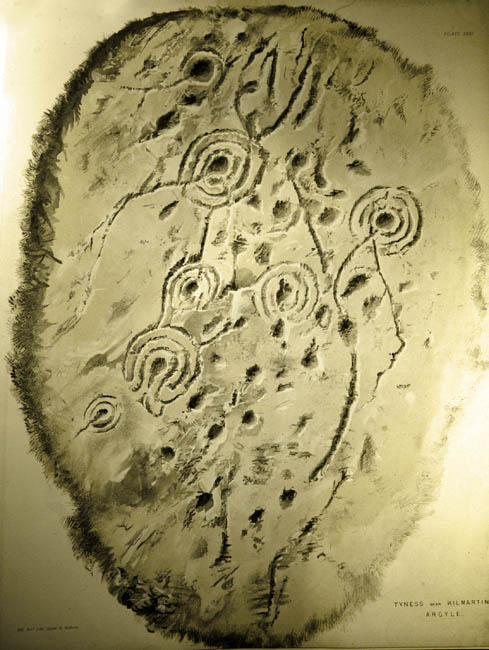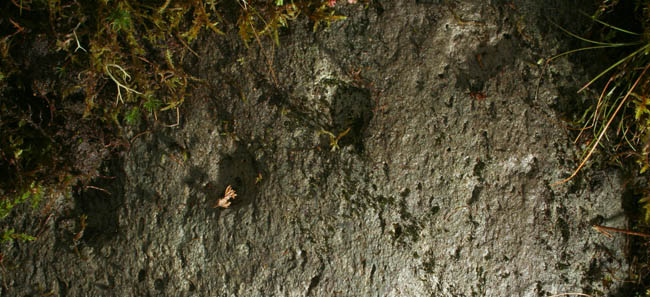
Currently lives in the Museum of Scotland in Edinburgh.

Currently lives in the Museum of Scotland in Edinburgh.

Close up of a carved spiral from a chambered tomb, showing the peck marks.








There’s a decent view behind the trees.

Lithograph of Old Bewick 2, taken from The Proceedings of the Berwickshire Naturalists Club


As seen in ‘Inscribed Rocks...’ 1865.

As seen in ‘Inscribed Rocks...’ 1865.

As seen in ‘Inscribed Rocks...’ 1865.

As seen in ‘Inscribed Rocks...’ 1865.

As seen in ‘Inscribed Rocks...’ 1865.

From ‘On ancient sculpturings of cups and concentric rings‘
PSAN Vol VI 1864-5

From ‘On ancient sculpturings of cups and concentric rings‘
PSAN Vol VI 1864-5

From ‘On ancient sculpturings of cups and concentric rings‘
PSAN Vol VI 1864-5


Itinerarium Curiosum 1776


Itinerarium Curiosum 1776

Itinerarium Curiosum 1776

Itinerarium Curiosum 1776


Itinerarium Curiosum 1776

Itinerarium Curiosum 1776

Itinerarium Curiosum 1776

Itinerarium Curiosum 1776

From The Proceedings of the Society of Antiquaries of Scotland
Volume 6 (1864-5), Appendix.


Line of small cups to the lower end of the outcrop, next to the track, roughly corresponding with Naddair’s ‘Panel D’.

Not easy to get a decent pic of these shallow, but decidedly artificial cup marks. Not so sure if the ‘axe head’ is an axe head though. It could be a later addition.

The outcrop bearing the slab with cups and an ‘axe head’ carving. Pretty strange axe if you ask me.

You can just about make out the circular plan of some kind of structure. I don’t think it’s a ‘banked stone circle’ as I was told by a chap nearby.

Standing stone? More likely one of the grounders of a structure in a settlement.

